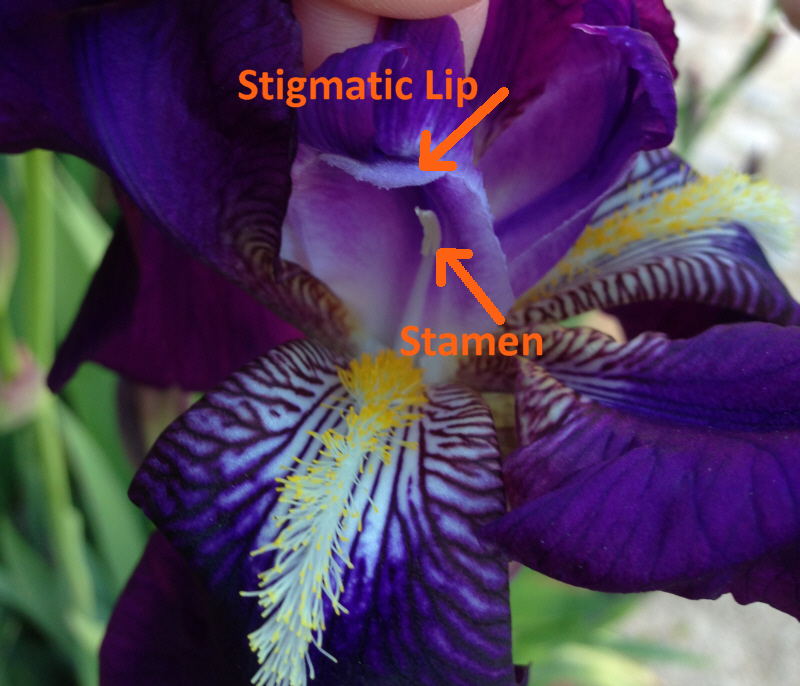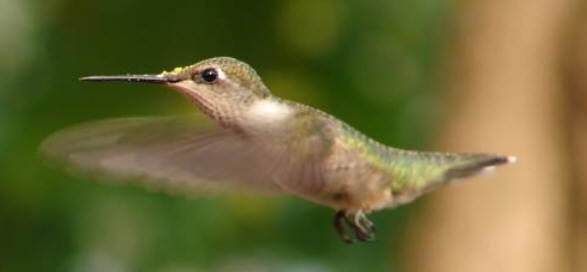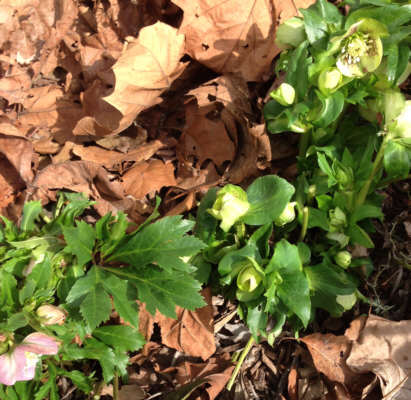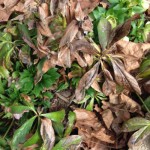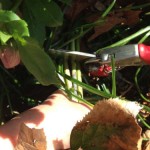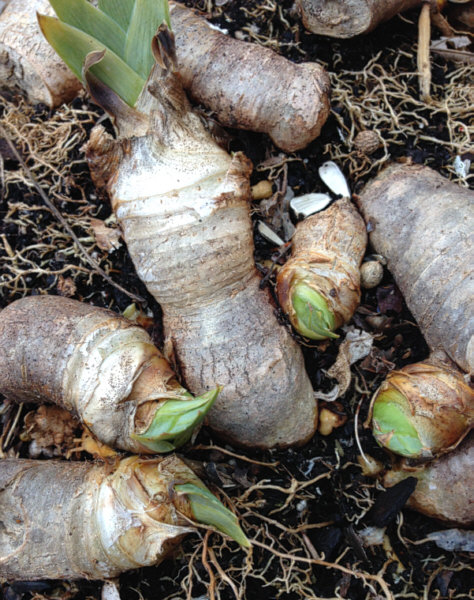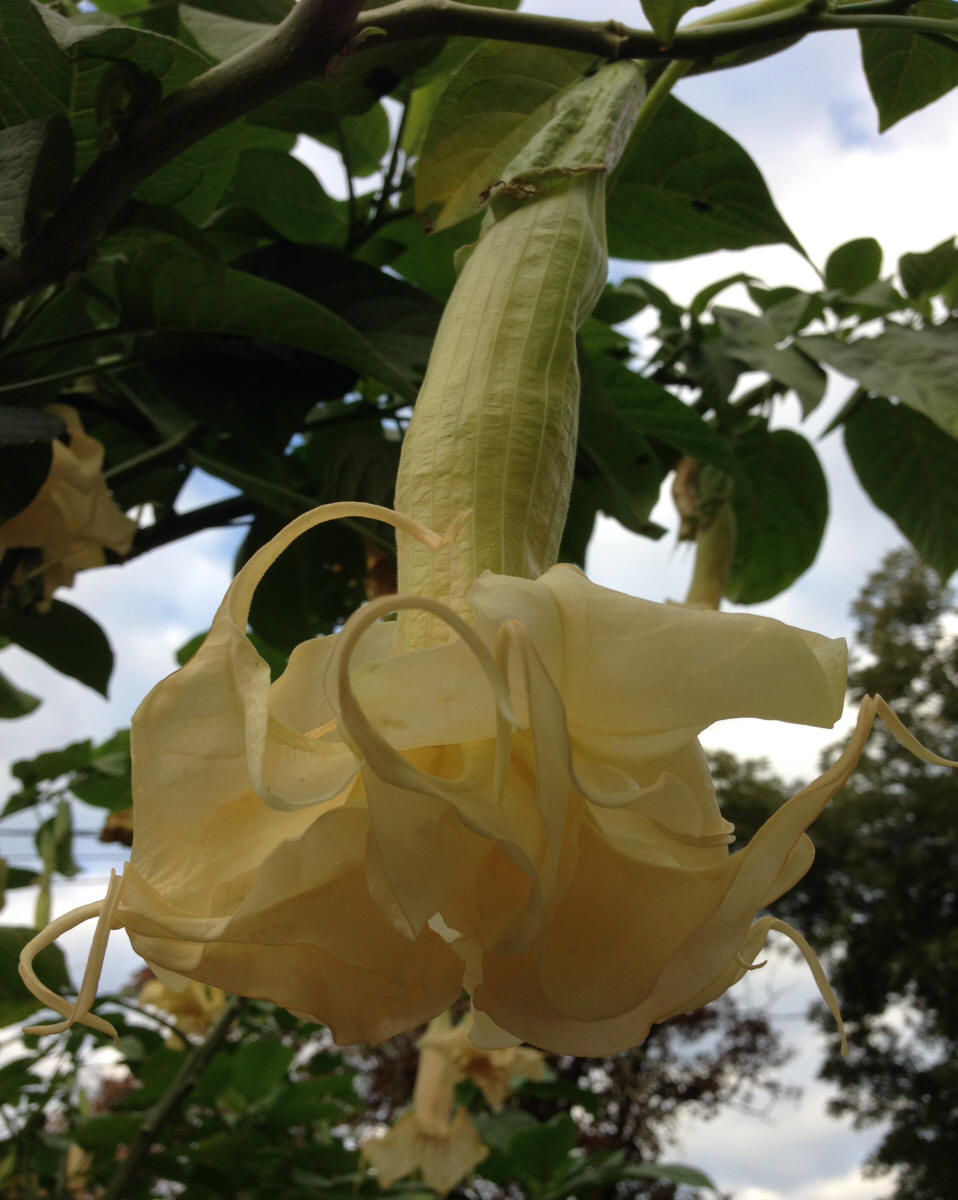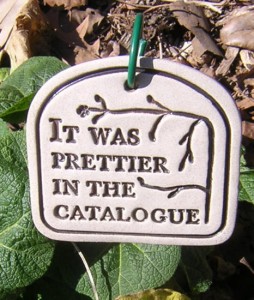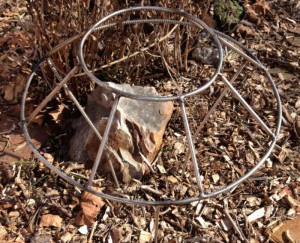Plant Sex.
Now that I have your attention, this post is all about taking a little pollen from one plant and dabbing it on the receiving part of another in the hopes of creating a unique new plant.
It’s essential to be able to identify the reproductive parts of a plant, and for an iris that’s not so easy. Here’s your road map to get started. Find the beards. They look fluffy and inviting. Think of them as the red carpet, leading towards the door #1, the stamen and door #2, the stigmatic lip. Those two structures are the necessary ones for the iris mating dance.
If you like to try your hand at hybridizing this spring, it’s easy. Remove the stamen from one variety and rub it into or onto the stigmatic lip of another. Wait for about 3 days, if your efforts were successful, the base of the flower will start swelling and growing, eventually forming a fat, oval shaped balloon. Should your stalk break off the plant, don’t worry, just stick the stem into the ground and your pod will continue to mature! It will take about 6-7 weeks for the seeds to be ready for harvesting.
